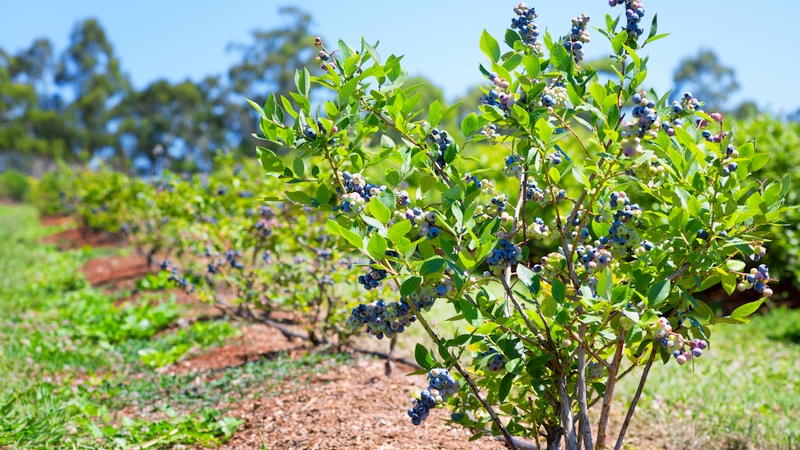Frost Rescue Found In Form Of PGR
Editor’s Note: Since the posting of this story, some apple growers have been using the plant growth regulator mentioned below, Promalin, at incorrect times. It’s important that growers realize the product may not work at those times, and is not in fact labeled for such uses. We posted a follow-up article from one of our Editorial Advisory Board members, Cornell’s Mario Miranda Sazo, which growers should review.
With an Arctic blast expected to begin in early April, growers are crossing their fingers, hoping the air mass does not dip south or stay around too long.
The late cold snap comes on top of relatively warm spring in the northeast, with March days in the 70s. That has led to an early apple crop.
Part of the reason apple growers are on edge is that the year of the wipeout, 2012, is too fresh in their minds. Michigan had very little production at all that year, and New York had a crop about 1/3 normal size.
The only good news in the recent forecast is that it’s supposed to go mainly through the upper Midwest, New York, and New England, where most of the apple trees remain blissfully sleeping.
If the forecasters are right, the New York crop should be all right, said Jeff Alicandro, a longtime independent crop consultant with agr.assistance in North Rose, NY. Right now, it looks like they will be able to withstand the Arctic gust, which makes Alicandro a happy man.
“We expect bud break late next week,” he said Wednesday, “so we should escape the worst of the freeze.”
The last frosty spring that came after unusually warm temperatures, 2012, is so memorable, Alicandro can recite the local temperatures off the top of his head: 28 the first day, then 26, 23, and 21. Some of the growth on the trees turned black.
“We tried all kinds of nutritional sprays and wind machines, but it seemed nothing worked,” he said. “The windmills usually work, but there was no warm air to move around.”
However, there was one treatment that did work in 2012, said Alicandro. Applying Promalin, a Valent plant growth regulator, within 24 hours of the freeze saved many growers’ crops.
“We’d rather not have to use it, but we have a lot of sheds here with Promalin,” he said. “One guy who used it actually had a big crop, and his neighbor had nothing.”
The only difference in the fruit was those on the treated trees had few seeds, if any. But buyers were hardly complaining. In fact, growers who had apples were getting up to $300 per bin of fresh fruit, about 50% above average.
“Now, is it going to work 10 years from now, who knows? But it sure paid for itself in 2012,” said Alicandro.
Promalin is not a new product; indeed the company’s website states “Promalin improves the shape and increases the size of ‘Red Delicious’ and other popular apple cultivars.”
It contains two ingredients, the first is a mix of two natural gibberellins commonly found in plants, Gibberellins 4 and Gibberellins 7, which combine to cause cell expansion. The second is also found in nature, a cytokinin, 6-Benzyladenine, which causes cell division.
According to Dr. Greg Clarke, a Valent Field Scientist in Pennsylvania, to understand how Promalin works, you have to understand that early in the fruit development process, seeds send hormonal signals back to the tree indicating that it is a viable fruit, ready for carbohydrates and other resources for continued growth and development.
But frost can kill the developing seeds, and because it is the seeds that signal the tree in the early season to send carbohydrates and other resources for fruiting, the tree will not produce fruit.
Promalin supplies the hormonal signals the developing seeds would normally send. “The signals say there are still fruit on the tree,” he says, “so the tree produces a normal piece of fruit, but it is seedless.”
While it is best to use within 24 hours of a frost event, Clarke said studies suggest that the window is actually fairly wide and that responses will still be very good up to 48 hours after a frost, so there is flexibility.
There’s also evidence that applying just before a frost is also effective, he says. But it is important not to make applications while leaves and/or fruit are still frozen; wait till everything thaws and then make the application.
Clarke notes that Promalin won’t work during every freeze, that there is a limit. If during a hard freeze certain flower parts, such as the receptacle — the base of the flower that contains the ovaries — gets frozen, there’s nothing you can do.
“But frost in that range where only seeds are damaged, you can set that fruit with Promalin,” he said. “A couple of degrees is all you need sometimes.”
As always, growers should check the label before application. Promalin is only registered for apples in U.S., and is not for use in California.









